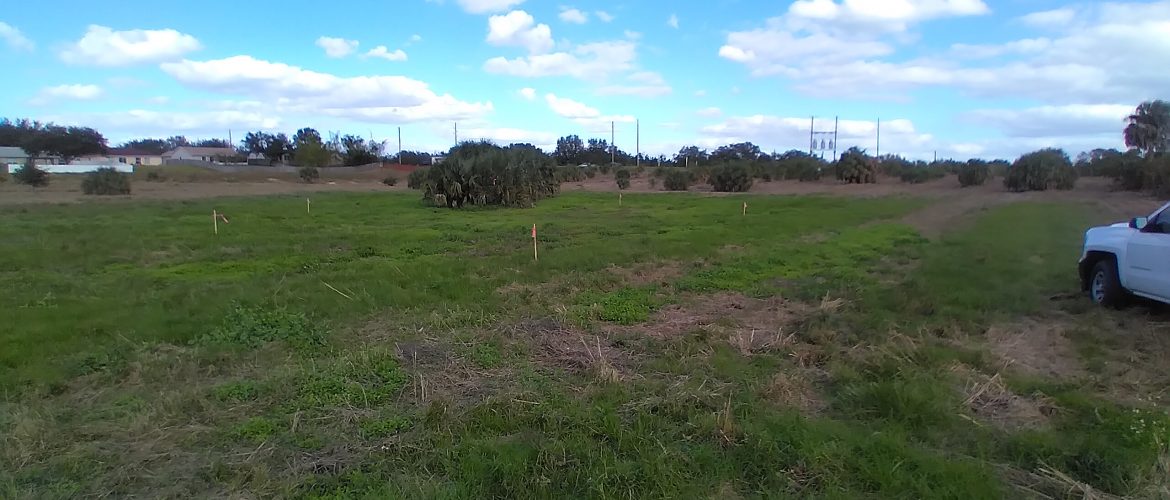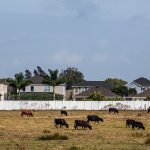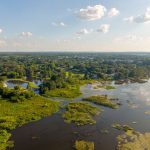Fungible Assets Offset Environmental Impacts
Mitigation Credits are part of a thriving ecosystem marketplace. These fungible assets can give return on investment and make the polluter pay–a principle enshrined in climate change agreements worldwide.
This industry addresses the cross-sector interests of urban planning and natural resource management. At its core, it seeks to balance human health and biodiversity.
It allows for the planning of our built environment alongside the replenishment of our water systems and species habitat.
Conservation Economics allows private equity investments into restoring ecosystem functions. The range of regulations in Florida give opportunity for even more climate-smart advancement.
Mitigation Banking offsets the pollution of development permitted by the US Army Corps of Engineers and State Agencies. It is regulated by state and federal laws, like the Endangered Species and Section 404 of the Clean Water Act. The program originated over loss of the wetland ecosystem. It has since grown to mitigate habitat loss for endangered species and other water quality metrics, like nutrient levels.
Florida’s wetlands are also protected by the Florida Department of Environmental Protection (FDEP), which has been in charge of managing the protection of the state’s wetland ecosystems under the Environmental Resource Permit (ERP) program since 1993. Under the ERP program, any dredging, filling, or construction in or near a wetland must be approved and monitored by the FDEP. Permits allow us to minimize conflicts between users, to prevent unsuitable uses, and to coordinate projects with management activities.
Mitigation Banking is one mechanism for natural resource management in the portfolio, which includes many government-funded strategies (like the Florida Forever Ecosystem Project, in which state lawmakers spend millions on land for conservation).
Private Mitigation Banking is the only market-based mechanism that acts as a complement to government policy. The regulations for Florida land conservation are more developed than most states, positively influencing the growth of a private market.
Florida has some of the most progressive practices for water quality, with a designated state permitting system that allows the state to force mitigation of water bodies that may fall outside of federal jurisdiction.
It’s also one of the only states that evaluates ecosystems based on functionality. This is an evolution from less robust survey methods. This growth shows that the industry can adapt to calls for even more robust data, like the inclusion of ecosystem services in decision-making.
Mitigation Banking is large-scale restoration, creating economies of scale. These economies make it more affordable and therefore feasible to restore and conserve wildlife corridors and connected ecosystems.
In effective restoration, it’s the management practices that matter. Regulations require that mitigation banks have a conservation easement as well as a long-term trust, which ensures a functional ecosystem for perpetuity
The mitigation crediting system rewards restored wetlands with more credits than preserved wetlands. The sale price of credits is also generally higher. This incentivizes restoration, which is in fact seen to have a “net gain” of wetland function. Preservation has been the predominant method of mitigation from 1995 to 2020. However, restoration of ecosystems has rapidly increased over that same period. Preservation is an important part of the conservation banking framework, preserving habitat for endangered species.
Prior to its creation in 1970, policies encouraged the destruction of wetlands. Because they are a habitat for mosquitoes, they were a source of mosquito-borne illnesses. With modern medicine, this is no longer a concern. A framework for mitigation banking put a stop to this rapid ecosystem loss. This young industry shows room to grow and adapt to a modern set of coastal challenges.
The growth of ecosystem credits allows for targeting multiple species or ecosystems within a project site. This strategy results in higher rates of ecological and ratio equivalency. The ability to have Fungible Assets” could result in a variety of ecological offsets in one site. This addresses the call for more robust performance standards.
Prior to granting permits for wetland loss, the government requires development to first avoid and then minimize any impacts. To help this, they supply “common best practices” for development. These common best practices could include climate-smart infrastructure, even pervious pavement, as recommendations.
With smart design, mitigation banks can serve a variety of other functions. They can be combined with nature-based solutions for climate adaptation, like constructed wetlands as a greywater recycling system.
Coordination between government climate change adaptation plans and mitigation banking can align these systems. Miami-Dade County’s Sea Level Rise Strategy calls for the expansion of greenways and blueways in urban areas. Mitigation banking can be used as a mechanism for green urban infrastructure, and in fact already has been used that way in Pennsylvania and California. Not only does it better protect the urban infrastructure, it also lasts longer than more conventional methods of coastal construction.
Mitigation Banking is a path for a landowner, passionate about stewarding the health of the environment. The “restoration economy” gives value to otherwise degraded land. It rejuvenates areas with low economic opportunity.
This is an opportunity for a green return on sustainable and responsible investment. There is a big competitive advantage to getting into this market. Mitigation for other degraded ecosystems is growing with seagrass mitigation on the horizon.
Calls for companies to invest and de-risk mitigation banks as part of an “insetting” strategy is another way the market is innovating.
New technological tools, like GIS mapping and remote sensing, allow for a landscape-based approach to mitigation. This advancement considers the whole picture. It takes into account topography, groundwater, historical ecosystems, and human settlement. These factors are overlaid with environmental stressors, like flood-prone areas, inside of one map with many layers. These advancements can change the game in environmental management and allow for more targeted protection and mitigation strategies.
Sales of conservation easements may even return private land to government protection in the long run. We see this with the recent purchase of 38,000 acres of private timberlands by the Department of the Interior. Through a series of purchases, land originally mitigated by a timber company has now moved to public conservation.
Mitigation Banking is one of many solutions employed to move big systems on environmental management, and one of the only ones on the market side. This industry bridges the gap between private equity, degraded land, and human development. Mitigation Banking is an incredibly useful tool to fund private land stewardship.
About the Co-Authors:
Victoria Bruce provides a key role in due diligence of the credit market for both credit and land sales. This is the result of Victoria’s passionate 18 years in the industry, building business based on good, heartwarming Florida relationships. Born in Boca Raton, she formed The Mitigation Banking Group, Inc in 2017; an environmental restoration company that provides compensatory mitigation for adverse ecological impacts, while being able to achieve greater or equal to ecological functions that have been lost.
Caitlin Flannery provides B2B services for the blue-green economy. She is an environmental writer and researcher with a background in ecological design and climate change adaptation.











